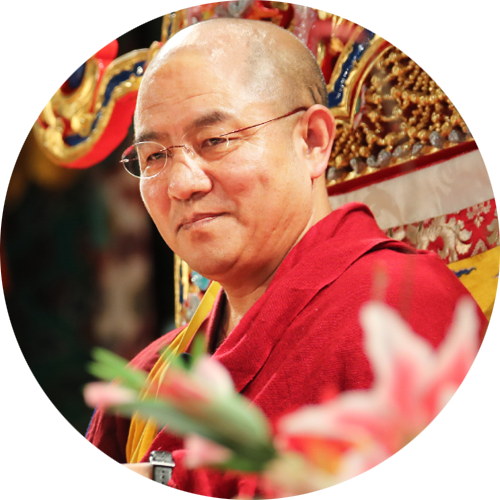Dhomang Monastery
Dhomang Monastery was built in the 18th century, during the reign of Emperor Qianlong of Qing Dynasty. Since the establishment, Dhomang Monastery has had thirteen great practitioners who attained rainbow body. And the author of The Words of My Perfect Teacher, Patrul Rinpoche, also had been practicing at Dhomang Monastery.
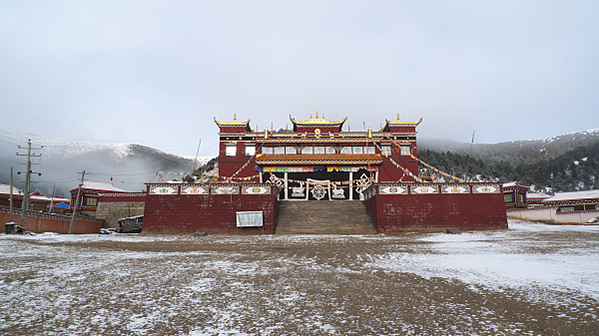
Dhomang Monastery: A Special Place
Dhomang Monastery, located about three miles from where I was born, holds a special place in my heart. I was ordained as a monk there in my early 20s—fulfilling a long-held aspiration—by the abbot, Khenpo Depa, a wise and kindly teacher, and a man I considered a personal friend and advisor. I had first met when I was a young boy, during a time when it was unwise to openly display signs of Buddhist practice. Yet, although dressed in ordinary clothes, he continued to practice in secret, which inspired me and nurtured my own aspirations to eventually receive ordination.
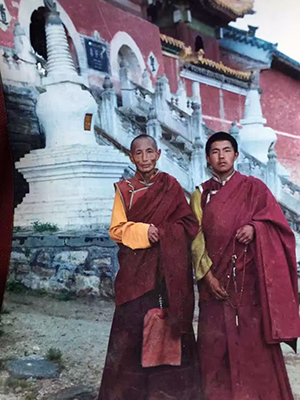
During my school years, when I was far from my family and home, I occasionally sought him out to ask for his counsel. During one of the most difficult points in my life—when I had to decide whether to complete the final semester at the teacher’s school in which I was enrolled (which would have obliged to accept a government-assigned job as a teacher) or to give up the study to become a monk, he simply said, “Make haste to get ordained!”
After a year of studying with Khenpo Depa, he sent me to Larung Gar Academy to study directly under the guidance of His Holiness Jigme Phuntsok Rinpoche, a move that changed my life forever.
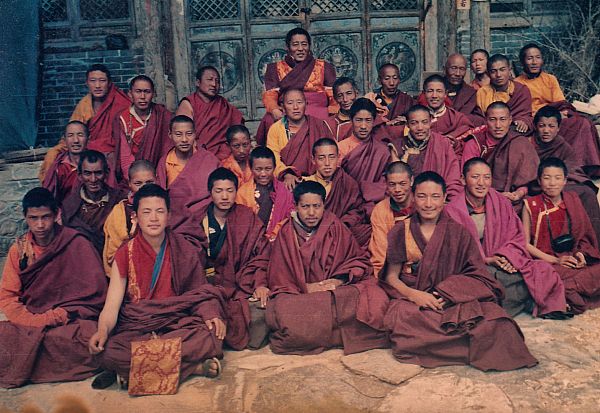
In history, Dhomang Monastery has been destroyed time and again, but has always been “reincarnated”, rising like a phoenix from the ashes of destruction. It’s first “incarnation” occurred in the 18 th century, during the reign of Emperor Qianlong of Qing Dynasty, who granted a Tibetan Lama Tsultrim Dorje permission to build a monastery in gratitude for his help in subduing a rebellion on the border of modern-day Sichuan. Traveling back to the Sichuan region, in search of a place to build his monastery, Tsultrim Dorje chanced across a man chanting The Fortunate Aeon Sūtra , also known as the Dhomang Sutr a. The coincidence of his arrival in the midst of the man’s chanting, and the ideal location of the place–situated between the intersection of the Dhomang and Luoke rivers, convinced Tsultrim Dorje that this was the ideal spot to build a monastery, a conviction later on strengthened by the unusual fact that the entire Kangyur–the spoken words of the Buddha–had been carved on the stones between the intersection of the two rivers.
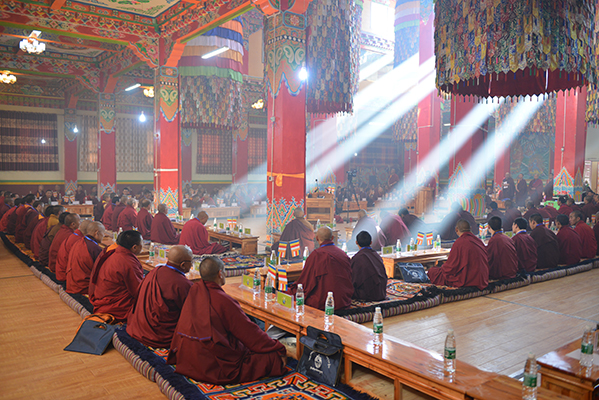
Since the establishment, Dhomang Monastery has had thirteen great practitioners who attained rainbow body, three of whom only left behind their hairs and nails. Patrul Rinpoche, the author of The Words of My Perfect Teacher , also had been practicing at Dhomang Monastery for a long time. Once he said, “In the degenerated age, Dhomang Monastery is the place where Buddha Shakyamuni’s teachings really remain. Practicing the Dharma at this monastery for even a short period will accumulate great merits and receive great blessings.”
Unfortunately, Dhomang Monastery was dismantled twice, first in the 1930s and later during the turbulence that swept the region between 1966 and 1976. After the relaxation of religious policy in 1980, the heads of the monastery, Tulku Detsa, Khenpo Depa, and Khenpo Lekshe made aspirations in front of H.H. Jigme Phuntsok Rinpoche to rebuild the monastery and expand its mission.
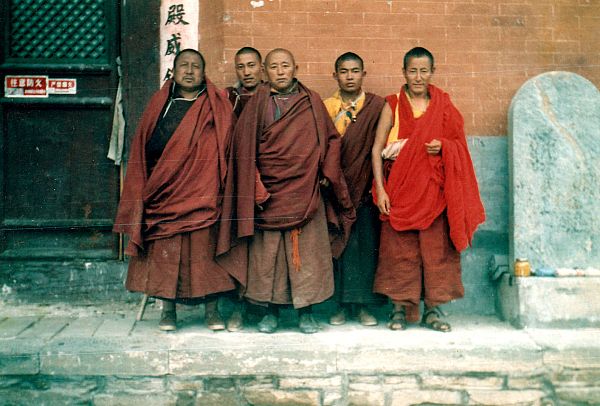
It gladdens my heart that in recent years hundreds of monastics are living the monastery where I received ordination so many years ago—studying, practicing, reflecting on what they’ve been taught, and following the Buddhist precept—just like the monastics who lived and learned there when it was built so many centuries ago.
Also, more than ten monasteries affiliated with Dhomang Monastery are following the same study and practice curriculums. Most of the masters of affiliated monasteries have studied at Dhomang Monastery for some time, and have received Khenpo degrees and other honors during their time there.

In the years since, I’ve paid close attention to the development of Dhomang Monastery and its surrounding areas: initiating and guiding projects such as Novice Monk Schools, which sponsor novice monks to study the cultural basic courses and traditional Buddhist texts; establishing Nursing Home and Lodging for Lay Buddhists that provide the poverty-stricken elderly members in the area with lodging and venues for Dharma practices; and Bodhi Hospital, which offers Tibetan medicine and modern medical services to local people who lack the medical services and supplies.
I’m hearted to see that the traditions of public teaching, debating, composing commentaries, and committing to retreat as a means of exploring the deeper workings of the mind have begun to flourish once again, extending the merit of such practices across the entire Kham region.
By Khenpo Sodargye

In the degenerated age, Dhomang Monastery is the place where Buddha Shakyamuni’s teachings really remain. Practicing the Dharma at this monastery for even a short period will accumulate great merits and receive great blessings.
